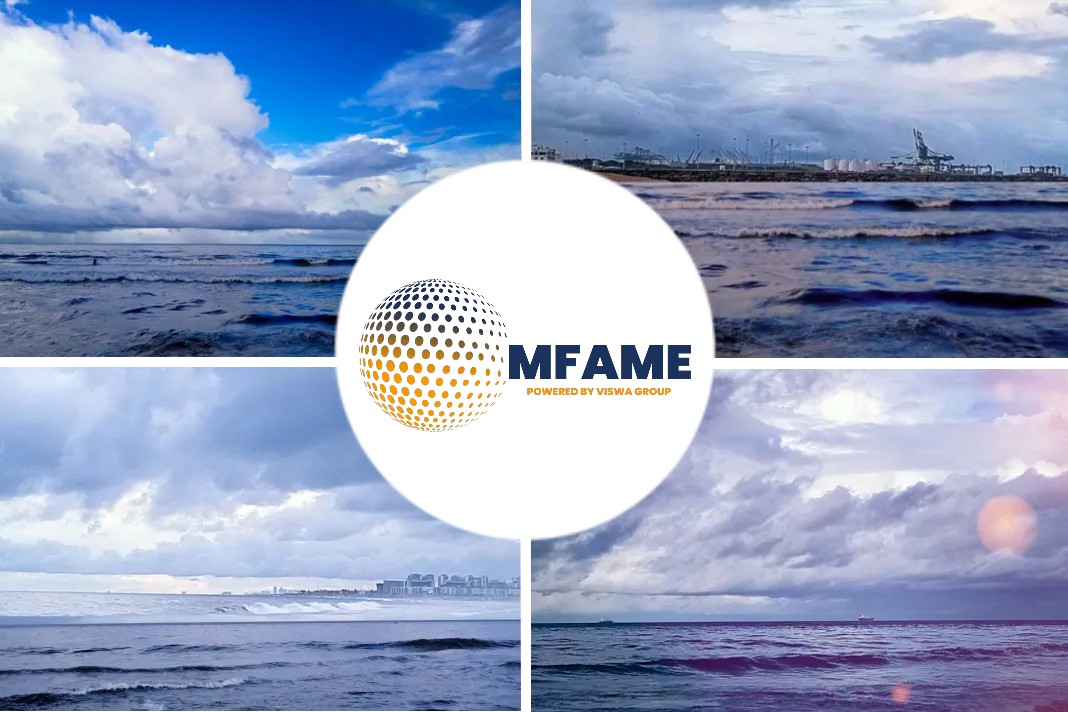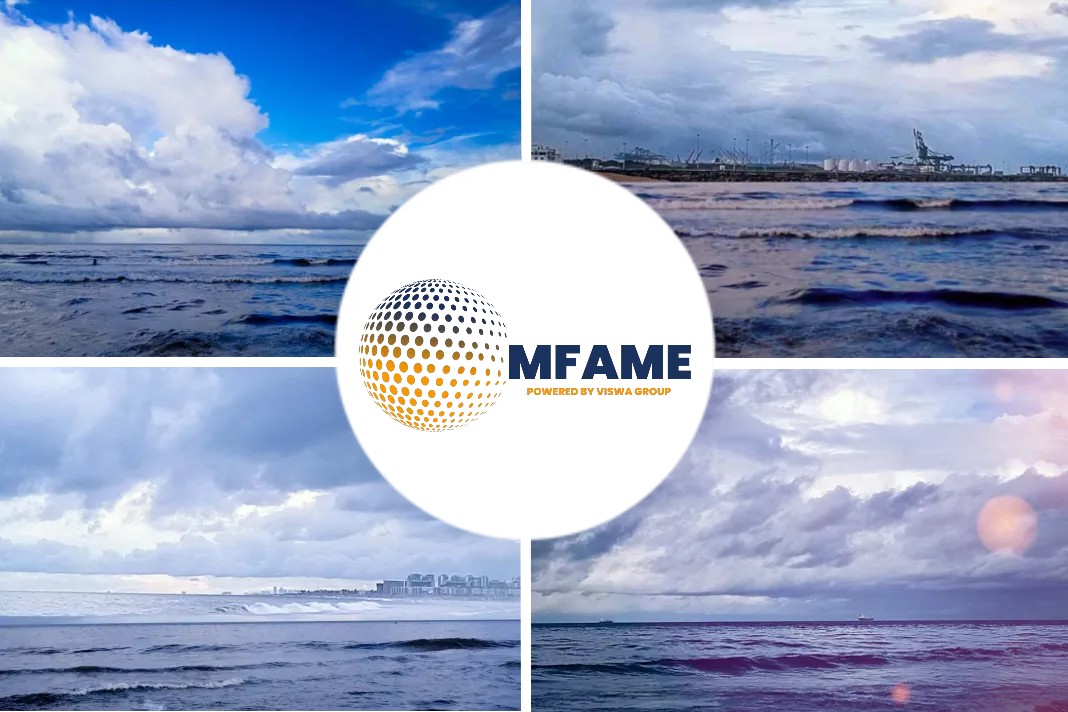You see a blue and yellow light ahead while sailing at night? What does it mean?
Question: What is the blue and yellow light ahead?
Bill and Rose are on board Emma, a 13m cruising yacht.
They are on passage from Falmouth to southern Ireland.
Although Bill and Rose both took an RYA Coastal Skipper/Yachtmaster shorebased course about 20 years ago, they are cautious navigators.
The passage plan is to set off from Falmouth in the evening and leave the Isles of Scilly to starboard.
Plans to turn towards Ireland
As this part of the trip is in the hours of darkness, neither Bill nor Rose want to navigate between the Scillies and Land’s End in the dark with shipping lanes and off-lying rocks.
They are keeping a safe distance off the west of the Scilly Isles and Bishop Rock, motoring parallel with the Traffic Separation Scheme (TSS) to the west.
The plan is to turn towards Ireland when they are clear of the north end of the TSS.
The weather is not ideal, visibility is about two miles and the sea state is calm.
Bill is resting and Rose is on watch.
Periodically, Rose glances at the radar.
On the screen she notices a target straight ahead about five miles away.
A course in radar
Neither Bill nor Rose have taken a course in radar so they are not entirely confident when interpreting the screen.
The target has a line with a dash and two dots.
Rose looks at the chart plotter to see if there are any charted buoys or lighthouses ahead.
They should be in clear water.
Rose calls Bill, they slow down to about 4 knots, and both peer apprehensively into the darkness.
Ahead, a light appears, apparently flashing blue and yellow.
What should they do next?
James Stevens answers
It is an emergency wreck- marking buoy laid by Trinity House.
In 2002, the car carrier ship Tricolor collided with a container ship north of the Dover Strait. Tricolor sank.
In spite of broadcast warnings the wreck was hit two days later by a German cargo vessel which was pulled off by tugs.
Two weeks later, the wreck was struck again by a gas oil tanker.
International Association of Marine Aids to Navigation and Lighthouse Authorities
IALA, the International Association of Marine Aids to Navigation and Lighthouse Authorities, instructed nations to place emergency wreck-marking buoys, coloured with yellow and blue vertical stripes, and with a light character of alternate blue and yellow, on new wrecks.
The topmark is a yellow vertical cross and they usually carry a racon Morse D, one long and two short.
Wreck buoys, sometimes up to four, are laid around a large wreck with synchronised lights.
If only one buoy is laid it will be on the main traffic side of the wreck.
In the case of the one on the bow of Emma, the wreck will be to starboard of the buoy as the shipping lane is to port.
Emma should therefore steer to port and leave the buoy clear on the starboard side.
Trinity House always ensures that a Notice to Mariners is published when a wreck buoy is laid.
Bill and Rose would benefit from looking through an up to date RYA book or even the almanac to check on the introduction and character of new navigation marks, read the Notices to Mariners and listen to coastguard navigation warnings.
Did you subscribe to our daily newsletter?
It’s Free! Click here to Subscribe!
Source: Yachting Monthly























